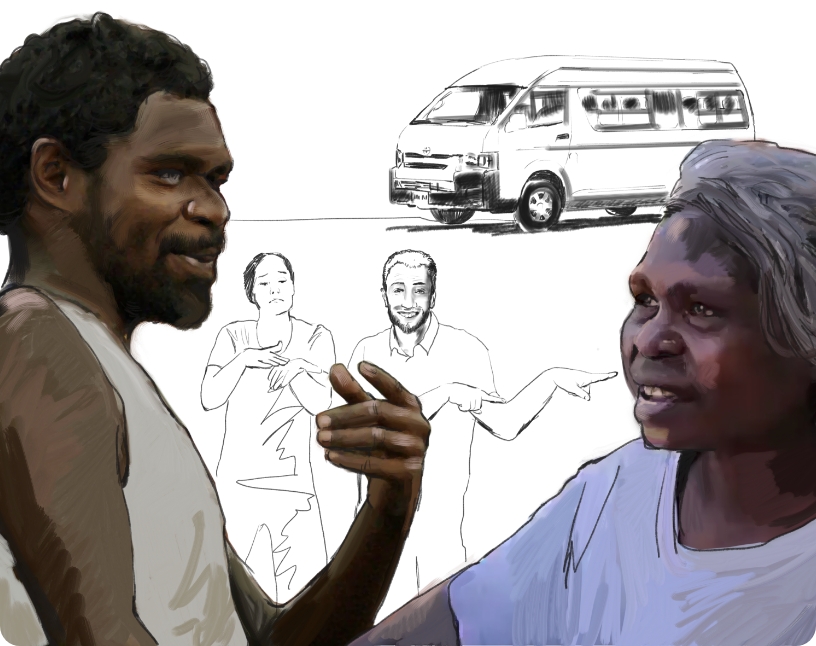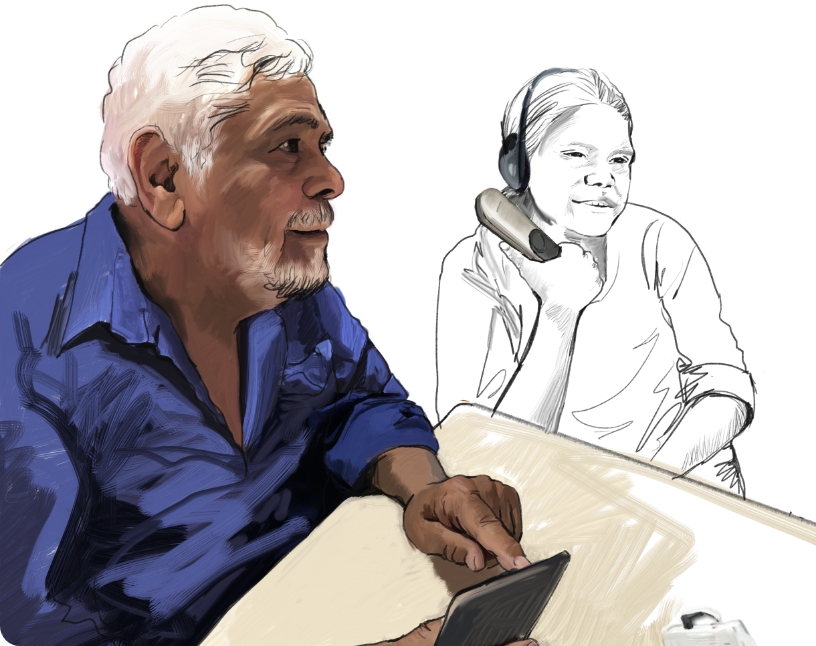Glossary
Auditory Processing
Auditory processing difficulties are conditions to be aware of. They can often present among individuals who have experienced fluctuating hearing loss during childhood due to recurrent episodes of ear disease. The functional difficulties can persist even after the hearing returns to normal after the infection, as inconsistent hearing input has affected the neurological development necessary to process sound effectively. The challenges experienced are often similar to those encountered by individuals with mild hearing loss. Additionally, individuals who are Hard of Hearing as a result of early childhood ear diseases also experience auditory processing difficulties, resulting in compounded functional communication problems.
Gratuitous Concurrence
a common behaviour where people tend to say “yes” to questions, even if they don’t fully understand or agree. It means they acknowledge things without necessarily being sure about them. To communicate effectively, it’s essential to recognise this occurs and adapt our approach to meet the need of the individual person who is Deaf or Hard of Hearing so they can understand what is being communicated to them.
Whitefella
an Aboriginal English word commonly used by First Nations people in Australia to refer to non-Indigenous Australians, typically those of European, often Anglo-Saxon, descent.
The use of "whitefella" can be seen as a pragmatic and straightforward descriptor. Over time, as relationships and dynamics evolved, the term has been used in various ways, sometimes neutrally, affectionately, or critically, depending on the context and the speakers' intentions.
Trauma
Is the experience of highly distressing or frightening events that can result in psychological harm, known as trauma. What may constitute a traumatic event can differ between people, so that two people can experience the same event and one can experience trauma and the other does not. Secondary or vicarious trauma refers to trauma experienced by observing harm done to others. The experience of multiple traumatic events can result in complex trauma.
Challenges associated with trauma may occur directly after the traumatic event or much later. Some people experience ongoing challenges that impact on their ability to cope or function. With the right supports, many people recover well from traumatic events.
Many factors contribute to the higher levels of trauma that may be seen within First Nations communities. These include the impact of colonialism and racism contributing to many life and health inequities, and the ripple effect this can have on communities with closer connections to more people whose lives are cared about are impacted. The communication challenges and outcomes of miscommunication for First Nations who are Deaf or Hard of Hearing can also contribute to their experiences of trauma which in turn impacts on the capacity to communicate.
‘Shame’
fear of embarrassment is especially pronounced in collective cultures, such as First Nations cultures, where one's reputation and how others view them holds significant importance. The potential for public failure can be a reason to not engage in certain activities, as the risk of embarrassment (being shamed) is high. This concern is more likely to be felt by people who are Deaf or Hard of Hearing and is a reason why they may avoid participation in situations where the possibility of misunderstanding conversations creates a high risk of being shamed in front of others. When a person refers to ‘shame’ or ‘shame job’ as a reason not do something it is important to try to structure the engagement to reduce the risk of them being shamed.
Poison relationships
In many First Nations cultures, the practice of "poison cousins" involves avoiding direct communication with certain relatives to maintain social boundaries and respect. This tradition helps prevent conflicts and uphold modesty within communities, reflecting a deep commitment to community harmony and structured social relationships. It's a culturally significant way to ensure that family interactions are respectful and appropriate, supporting both community cohesion and individual dignity.
Humbugging
when someone asks for too much or makes unreasonable demands for money, drink, cigarettes, food, household items, cars etc from their family or community. It’s different from the positive practice of sharing resources within Aboriginal and Torres Strait Islander cultures. Instead, humbugging can lead to stress, arguments, and even abuse. This situation (being humbugged) can be particularly difficult for First Nations people with disabilities, who, often have a strong desire to fulfill their cultural responsibilities like other community members, find it hard to know how to refuse such demands.
Hand talk
Many communities have a sign language or hand talk (sometimes called action) that compliments their local spoken language. In these communities many in the community may be able to use sign language to communicate with deaf community members. However, as with oral languages these are diminishing and often Deaf community members can only communicate with a few family members using family hand sign with elements of community sign.
Countryman
"Countryman" is an inclusive term used by some First Nations people to indicate their deep connection and responsibility to their land. It underscores a unique relationship that sets them apart from non-First Nations people, who may not share the same sense of belonging, affinity, or duty to the Country. This term highlights the profound bond First Nations people have with their land, which is central to their identity and cultural responsibilities.
Behaviours of concern
Behaviours of concern are actions displayed by individuals that might be disruptive, harmful, or challenging to themselves or others. These behaviours often occur when someone is unable to communicate their needs, feelings, or frustrations in more typical ways. They might include yelling, hitting, or refusing to follow rules or instructions. The goal in addressing these behaviours is to understand what the individual is trying to communicate through their actions and to find more positive and effective ways for them to express their needs and desires.




